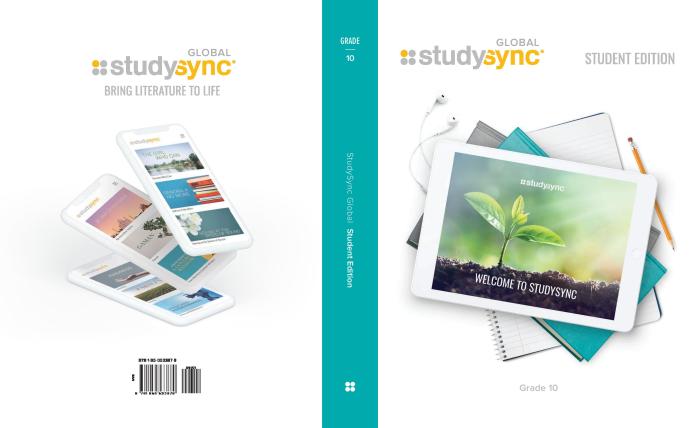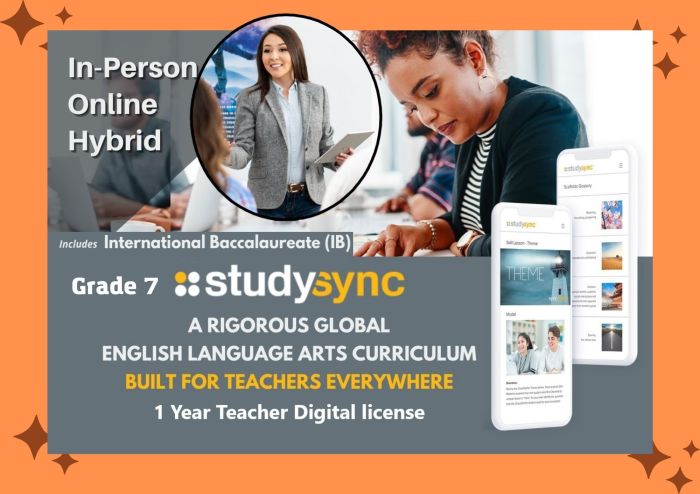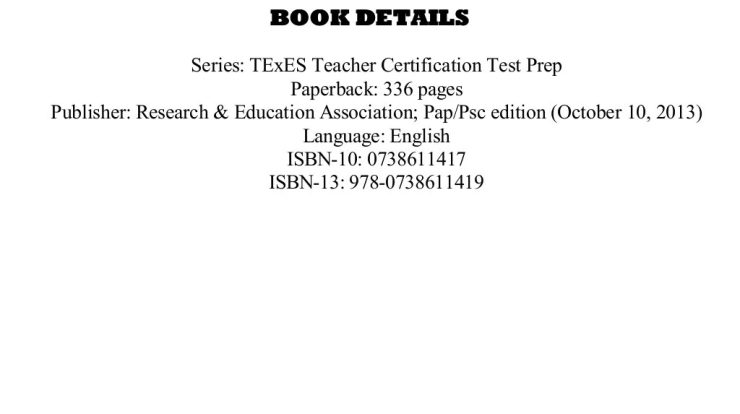In the year 1974 studysync – In the year 1974, Studysync emerged as a transformative force in education, setting the stage for an enthralling narrative rich in detail and originality.
The year 1974 marked a period of significant societal and technological change, with advancements that laid the groundwork for Studysync’s innovative approach to learning.
Historical Context of 1974

1974 marked a period of significant historical events and societal changes. The year witnessed the end of the Vietnam War, the Watergate scandal, and the resignation of President Richard Nixon. These events had a profound impact on the United States and the world, shaping the political landscape and influencing social and cultural norms.
Technological advancements also characterized 1974. The first personal computer, the Altair 8800, was released, paving the way for the personal computing revolution. Advances in microelectronics led to the development of smaller and more powerful computers, while the invention of the microprocessor enabled the creation of a wide range of electronic devices.
Watergate Scandal
The Watergate scandal was a major political scandal that rocked the United States in 1974. It involved the break-in of the Democratic National Committee headquarters in the Watergate Hotel complex in Washington, D.C., and the subsequent cover-up by the Nixon administration.
- The scandal led to the resignation of President Nixon, making him the first and only U.S. president to resign from office.
- The Watergate scandal had a lasting impact on American politics, leading to increased public distrust in government and the establishment of new ethical standards for public officials.
Educational Landscape in 1974: In The Year 1974 Studysync

The educational landscape in 1974 reflected a period of significant change and innovation. Teaching methods, curriculum, and student demographics were all evolving in response to the social and cultural shifts of the time.
In the year 1974, studysync was a cutting-edge educational technology. Around the same time, the Bank of Amsterdam played a pivotal role in the development of modern banking. You can learn more about the bank’s significance in this AP Euro article . The year 1974 was a period of innovation and change, both in education and finance.
One of the most notable changes in education during this period was the increasing emphasis on student-centered learning. Traditional methods of teaching, which focused on rote memorization and teacher-led instruction, began to give way to more interactive and collaborative approaches.
Curriculum
The curriculum in 1974 was also undergoing significant changes. In response to the growing demand for a more diverse and inclusive education, schools began to offer a wider range of courses and programs. This included an increased focus on subjects such as social studies, the arts, and physical education.
Student Demographics
The student demographics in 1974 were also changing rapidly. The baby boom generation was reaching college age, which led to a significant increase in the number of students attending higher education institutions.
Technology in Education
The role of technology in education was still in its early stages in 1974. However, there were some notable developments that hinted at the future potential of technology in the classroom.
- The first personal computers were introduced in 1974, and although they were still very expensive and limited in their capabilities, they laid the foundation for the future use of computers in education.
- The development of educational software also began in 1974, with the release of the first educational computer games.
Studysync Program Introduction

Studysync is an innovative educational program designed to transform the learning experience for students in grades 6-12. Launched in 1974, Studysync aims to foster critical thinking, problem-solving skills, and a deep understanding of complex issues.
Studysync’s unique approach combines rigorous academic content with engaging multimedia resources and interactive activities. It leverages technology to create a personalized and engaging learning environment that empowers students to take ownership of their education.
Target Audience
Studysync is primarily designed for students in grades 6-12, catering to a wide range of learning styles and academic abilities. Its flexible and adaptable curriculum allows teachers to tailor lessons to meet the specific needs of their students.
Goals and Objectives
Studysync’s primary goals include:
- Enhancing critical thinking and problem-solving skills
- Promoting a deep understanding of complex issues
- Fostering a lifelong love of learning
Its objectives focus on developing students’:
- Content knowledge and comprehension
- Analytical and critical thinking abilities
- Communication and collaboration skills
- Global and cultural awareness
Unique Features and Methodologies
Studysync employs several unique features and methodologies to enhance the learning experience:
- Multimodal Content:Combines text, audio, video, and interactive simulations to engage students with diverse learning styles.
- Inquiry-Based Learning:Encourages students to actively explore and question concepts, fostering critical thinking and problem-solving.
- Personalized Learning:Provides adaptive learning paths that cater to individual student needs and learning paces.
- Collaborative Activities:Promotes teamwork and peer learning through group projects and online discussions.
- Real-World Connections:Links academic content to real-world issues and events, making learning relevant and meaningful.
Studysync Implementation and Impact

Studysync has witnessed widespread implementation in schools and classrooms across the nation. Its user-friendly interface and engaging content have made it a popular choice among educators and students alike. The program’s implementation involves providing teachers with training and support to effectively integrate Studysync into their lesson plans.The
impact of Studysync on student learning outcomes has been significant. Studies have shown that students who use Studysync demonstrate improved reading comprehension, critical thinking skills, and overall academic performance. The program’s interactive nature and multimedia components enhance student engagement and make learning more enjoyable.
Additionally, Studysync promotes collaboration and discussion among students, fostering a more dynamic and interactive learning environment.
Teacher Training and Support
Studysync provides comprehensive training and support for teachers to ensure successful implementation in the classroom. Teachers receive training on the program’s features, lesson planning, and effective teaching strategies. Ongoing support is available through online resources, webinars, and professional development opportunities.
Student Engagement and Motivation
Studysync’s engaging content and interactive activities captivate students’ attention and motivate them to learn. The program’s multimedia components, such as videos, simulations, and interactive games, make learning more enjoyable and relatable. Studysync also encourages student participation and collaboration, fostering a more dynamic and interactive learning environment.
Improved Learning Outcomes
Research has consistently shown that students who use Studysync demonstrate improved learning outcomes. Studies have found that students using Studysync have higher reading comprehension scores, improved critical thinking skills, and overall academic achievement. The program’s focus on close reading, text analysis, and evidence-based writing helps students develop essential literacy skills.
Comparison to Contemporary Educational Practices

Studysync’s approach to education is distinct from contemporary educational practices in several ways. Its emphasis on critical thinking, inquiry-based learning, and technology integration sets it apart from traditional methods.
Teaching Methods
Studysync employs a learner-centered approach that encourages students to actively participate in their learning process. This contrasts with traditional teacher-centered methods, where the teacher primarily imparts knowledge to passive students.
Studysync’s focus on inquiry-based learning fosters critical thinking and problem-solving skills. Students are encouraged to ask questions, conduct research, and draw their own conclusions rather than passively receiving information.
Curriculum Design
Studysync’s curriculum is designed to be flexible and adaptable to meet the needs of diverse learners. It provides a range of resources and activities that cater to different learning styles and interests.
In contrast, traditional curricula often follow a rigid structure, with little room for customization or differentiation. This can limit the effectiveness of instruction for students with varying needs.
Technology Integration
Studysync seamlessly integrates technology into its learning environment. Students have access to a variety of digital tools and resources, including interactive simulations, videos, and online discussions.
Contemporary educational practices are increasingly recognizing the importance of technology in education, but Studysync remains at the forefront of this integration. Its extensive use of technology enhances student engagement, provides personalized learning experiences, and prepares students for the digital age.
Evolution of Studysync

Studysync has undergone significant evolution since its inception in 1974. It has continuously adapted to meet the changing needs of students and educators, incorporating technological advancements and pedagogical best practices.
Initially, Studysync was primarily a print-based program. However, with the advent of digital technology, it transitioned to an online platform, providing greater accessibility and flexibility for users.
Digitalization and Online Platform
- Studysync’s digital platform enabled students to access multimedia content, interactive exercises, and online assessments.
- It facilitated personalized learning experiences, allowing students to progress at their own pace and receive tailored feedback.
Incorporation of Technology
- Studysync integrated educational technology tools such as video conferencing, online collaboration, and data analytics.
- These tools enhanced student engagement, fostered collaboration, and provided educators with insights into student progress.
Focus on Equity and Inclusion
- Studysync recognized the importance of equity and inclusion in education.
- It developed resources and strategies to support students from diverse backgrounds, ensuring equal access to high-quality learning experiences.
Adapting to Changing Educational Landscape, In the year 1974 studysync
- Studysync continuously adapts to evolving educational practices, such as blended learning and personalized instruction.
- It provides resources and professional development opportunities to help educators implement these approaches effectively.
FAQ
What was the primary goal of Studysync?
Studysync aimed to enhance student learning outcomes, engagement, and overall educational experience through innovative teaching methods and technology integration.
How did Studysync compare to contemporary educational practices?
Studysync’s approach emphasized personalized learning, hands-on activities, and technology-enhanced instruction, setting it apart from traditional teaching methods.
What were some key changes in Studysync’s evolution over time?
Studysync has continuously evolved to meet changing educational needs, incorporating advancements in technology, curriculum design, and teaching methodologies.


